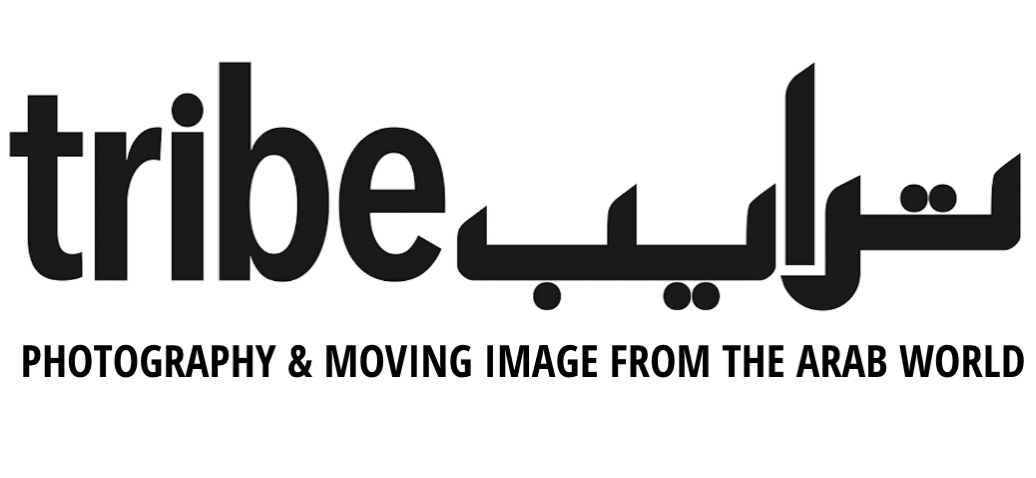17th Venice Architecture Biennale: How Will We Live Together?
With text by Sacha Bahril independent curator and art writer interested in emerging talents from the Arab World, and Wissam Chaaya whose images Untitled, from the series Playscapes of Exile (2019-2020) are displayed in a grid of 9 photographs at the Giardini’s Central Pavillion, 17th Venice Architecture Biennale, How Will We Live Together ?
“The Architecture of the future is when people come together, not to impose a way of operation but to allow different possibilities of coming together,” says Hashim Sarkis, curator of the biennale, in his opening speech.
With the major shift in living conditions due to the COVID-19 pandemic and confinement, this once postponed (17th architectural) biennale called on designers and architects of the world to respond to the question, “How will we live together?”, rethinking architecture’s role in adaptability.
Sarkis opened the biennale by explaining, “Yes, we’ve asked a big question and we’ve tried to organize it, make it accessible, but also to express the range of issues that are in front of us, especially about the challenges we face...
One emotion that carries across is that we can divide the world in scales but we cannot divide love in scales, that is all we have in front of us; and there’s plenty of it to make the world a better place.”
Among participating national pavilions, the UAE pavilion, featuring Wetland with Salama Bint Hamadan Al Nahyan Foundation as commissioner and curators Wael al Awar and Kenichi Teramoto, which won the Golden Lion for Best National Participation. Working with waste and building renewable resources for construction, the curators have assimilated all the difficult construction issues and created tools to circumvent it all.
The Golden Lion for the Best Participant went to “Raumlabord Berlin”, a project which offered complex forms for supporting emerging communities to co-create the future city, “We believe it is through extending architecture as a discipline into of contemporary struggles.”
The Silver Lion for a Promising Young Participant is the Foundation for Achieving Seamless Territory (FAST), for their project with the Qudaih family, Watermelon, Sardines, Crabs, Sand and Sediment: Border Ecology and the Gaza Strip. It tackles the stress and war at the Israeli-Palestinian border through oral histories. The installation combines a setup on a dining table with stories interwoven on a table cloth, along a short video showing the violence farmers face opposed to their daily life activities.
Architectural photographer Wissam Chaaya, exhibited at the Giardini’s central pavilion. In his photoessay on refugees, Chaaya pulls out the lively warm side of people old and young, with the bleak and inhuman backdrop of a camp turned into a city. Ghettoed, with a growing population over one square kilometer for each camp, the continuous struggle is to make space when space is denied.
Placed in sprawling camps with little to no access to vital services, refugees in Lebanon do not live as normal citizens. Instead, they face systemic discrimination, suspicion, and political persecution. Added to this is the fear of being forced to return to their countries of origin, a fate that could have deadly consequences.
Palestinian refugees in Lebanon are scattered around the country in twelve camps where the Lebanese government has no legal power. Ghettoed and limited in space to one square kilometer per camp, this growing population has built vertically in order to address its need for space. As a result, public space has become scarce and public activities insignificant.
Although experiencing a similar reality, Syrian refugees in Lebanon are relatively new. Their camps emerged with the beginning of the Syrian war in 2011. They erect tents on empty plots of terrain, rented or squatted. They rarely use abandoned structures as shelters. Consequently, their camps reflect the urgency to settle down. Similarly, public spaces in these camps are not seen as vital and thus the quality of everyday life is further degraded.
Refugee children are no strangers to the dynamics of this environment. In fact, they are on the frontline of this quest for space. They are in a permanent search for playgrounds. Strolling around the camps, their energy and resilience bring life to unused spaces, transforming them temporarily into playgrounds, thus fulfilling their needs far from home. These are “playscapes of exile.”










